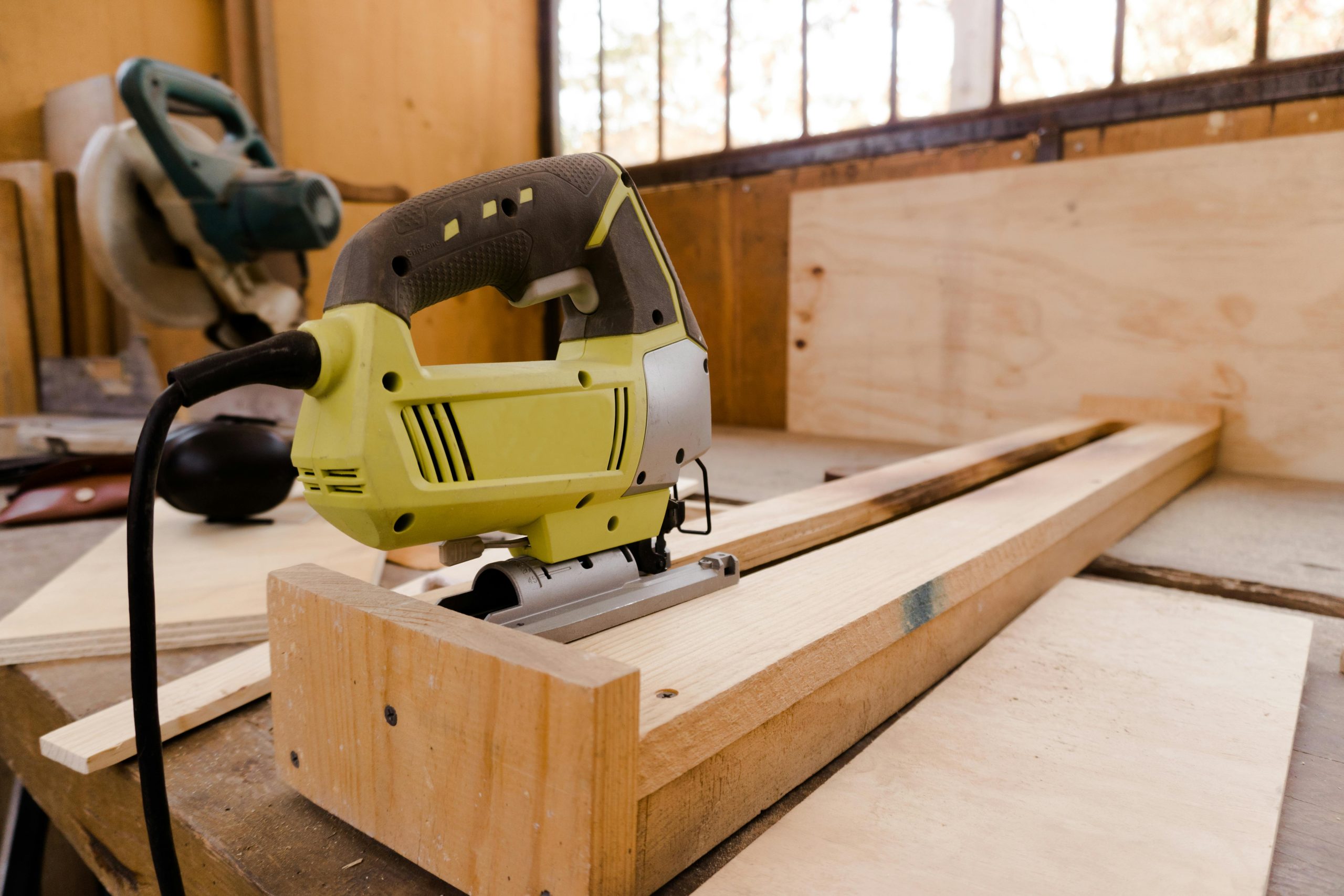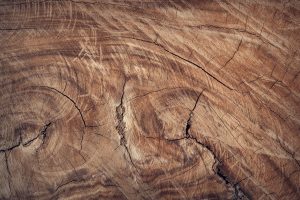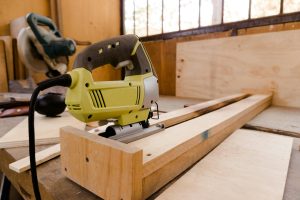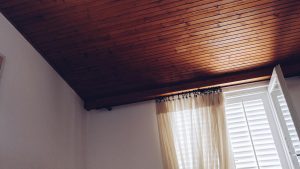How to Choose the Right Concrete Type for Your Project
Introduction
Concrete is one of the most versatile building materials available, but not all mixes are created equal. Choosing the wrong concrete type can lead to premature cracking, inadequate strength, or unnecessary cost overruns. Whether you’re pouring a residential driveway, constructing a heavy-duty industrial floor, or stamping a decorative patio, selecting the right mix is crucial. In this guide, we’ll walk through the key factors to consider—load requirements, environmental exposure, finish preferences, and budget—then review the most common concrete types and their typical applications. By the end, you’ll have a clear roadmap for specifying a concrete mix that delivers long‐lasting performance and meets your project’s unique demands.
1. Define Your Project Requirements
Before you speak with a ready‐mix supplier, clarify these five project parameters:
1.1 Load and Strength Needs
- Light Traffic (Sidewalks, Patios):
A 2,500–3,000 psi (pounds per square inch) mix usually suffices for foot traffic and small garden features. - Driveways and Garage Floors:
Aim for 3,000–4,000 psi to support car weights and occasional heavy trucks. - Commercial or Industrial Slabs:
If forklifts or heavy machinery will ride over the slab, specify 4,000–5,000 psi. For structural columns or bridge decks, you may require 6,000–8,000 psi or higher.

1.2 Environmental Exposure
- Freeze–Thaw Climates:
If you live in a region that freezes, choose an air‐entrained mix (4–7 percent air entrainment) to prevent damage from ice formation. - Chemically Aggressive Environments:
For floors exposed to acids, oils, or de-icing salts (auto shops, food processing plants), consider sulfate‐resistant cement or a higher cementitious content with pozzolans (fly ash or slag) to reduce permeability. - Marine or Coastal Applications:
Saltwater can corrode rebar quickly. Specify a low‐permeability concrete (w/c ratio ≤ 0.45), silica fume or fly ash SCM, and corrosion‐inhibiting admixtures. Consider epoxy‐coated or galvanized rebar as an added safeguard.
1.3 Finish and Aesthetic Considerations
- Exposed Aggregate or Polished Floors:
Requires a tight aggregate gradation and controlled slump so the surface can be ground or polished without excessive voids. - Stamped or Colored Concrete:
Needs a consistent slump (around 3–4 inches) and higher cement content to ensure crisp stamp patterns. If you plan to stain or dye, ask for a mix design that minimizes bleed water and efflorescence. - Architectural Precast or Panels:
Often call for self‐consolidating concrete (SCC) so you can achieve a smooth, bubble‐free finish without vibration.
1.4 Workability and Placement Constraints
- Pumped Concrete:
If you’re pumping over long distances or up several stories, use a pumpable mix with moderate slump (4–6 inches) and superplasticizer to ensure flow without segregation. - Congested Reinforcement:
In heavily rebar‐reinforced beams or elevator pits, a highly workable mix—often SCC—is recommended so the concrete can self‐level around steel.
1.5 Budget and Material Availability
- Standard Mixes:
A 3,000–4,000 psi, normal‐weight concrete is the most economical and readily available in most regions. - Specialty Mixes:
High‐strength, fiber‐reinforced, lightweight, or decorative mixes add cost—often 15–30 percent more per cubic yard. Balance upfront expense against long‐term durability savings.

2. Common Concrete Types and Their Applications
Below are the most frequently specified concrete types, with their typical use cases and key characteristics.
2.1 Normal-Strength Concrete (2,500–4,000 psi)
- Composition:
Standard Portland cement, water, sand, and gravel or crushed stone. - Typical Uses:
Residential footings, sidewalks, patios, and non-structural walls. - Pros:
- Widely available
- Cost-effective
- Adequate for light loads
- Cons:
- Not ideal for heavy vehicle traffic or harsh freeze–thaw cycles (unless air‐entrained).
2.2 Air-Entrained Concrete (3,000–4,000 psi + 4–7% Air)
- Composition:
Similar to normal‐strength but with an air‐entraining agent that creates microscopic bubbles. - Typical Uses:
Exterior slabs, driveways, sidewalks, and parking garages in cold climates. - Pros:
- Excellent freeze–thaw resistance
- Longer lifespan in temperate and cold regions
- Cons:
- Slight reduction in compressive strength per given cementitious content
2.3 High-Strength Concrete (4,000–8,000+ psi)
- Composition:
Lower water‐to‐cement ratio (≤ 0.40), higher cement content, often with silica fume or fly ash. - Typical Uses:
High-rise columns, structural beams, heavy-duty industrial floors, bridge decks. - Pros:
- High load-bearing capacity
- Improved long-term durability and reduced permeability
- Cons:
- More expensive due to SCMs and superplasticizers
- Requires meticulous curing to avoid early-age cracking

2.4 Fiber-Reinforced Concrete
- Composition:
Incorporates steel, glass, polypropylene, or basalt fibers. - Typical Uses:
Industrial floors (steel fibers), shotcrete, slabs on grade for crack control. - Pros:
- Reduces plastic shrinkage cracking
- Improves toughness and impact resistance
- Cons:
- Fibers do not replace rebar for major structural loads
- Can be prone to fiber balling if not properly mixed
2.5 Self-Consolidating Concrete (SCC)
- Composition:
High fines content, viscosity-modifying agent (VMA), and superplasticizer to ensure flow. - Typical Uses:
Precast architectural elements, heavily reinforced structural members, remediation where vibration is impractical. - Pros:
- Flows under its own weight, no mechanical vibration needed
- Excellent surface finish, minimal honeycombing
- Cons:
- Higher material cost
- Requires precise proportioning and checking for segregation
2.6 Lightweight Concrete
- Composition:
Uses lightweight aggregates such as expanded shale, clay, or slate. - Typical Uses:
Roof decks, balconies, structural overhangs, insulating fills. - Pros:
- Reduces overall structural weight
- Better thermal insulation
- Cons:
- Aggregates can absorb water, which complicates mix design
- Higher cost than normal-weight concrete
2.7 Rapid-Set or Fast-Set Concrete
3. Matching Mix to Project Conditions
Below are common scenarios and recommended concrete types:
3.1 Residential Driveway or Sidewalk
- Recommended Mix:
3,000 psi, air-entrained concrete (4–6% air). - Why:
- Supports car loads and foot traffic
- Freeze–thaw protection in winter climates
- Budget-friendly
3.2 Garage Floor or Light Industrial Pad
- Recommended Mix:
4,000–5,000 psi, fiber-reinforced concrete (steel or synthetic fibers). - Why:
- Handles vehicle loads and light machinery
- Fibers limit shrinkage cracking
- Troweled finish resists abrasion
3.3 Heavy-Duty Industrial or Commercial Floor
- Recommended Mix:
5,000–6,000 psi, fiber-reinforced, low w/c ratio, plus hard‐trowel surface treatment with silicate densifier. - Why:
- Withstands forklifts, heavy equipment, and constant loading
- Dense, dust-free surface
- Long-term durability with proper curing

3.4 Structural Beams, Columns, or High-Rise Superstructure
- Recommended Mix:
6,000–8,000 psi (or higher), with silica fume or fly ash. - Why:
- Slimmer member sizes due to high compressive strength
- Reduced permeability for corrosion resistance
- Controlled heat of hydration for mass pours
3.5 Marine or Coastal Structures
- Recommended Mix:
4,000–5,000 psi, low w/c ratio (≤ 0.45), silica fume or fly ash, corrosion inhibitors. - Why:
- Low chloride permeability prevents rebar corrosion
- SCMs improve durability in saltwater
- Consider epoxy-coated rebar as additional protection
3.6 Decorative Patio or Stamped Driveway
- Recommended Mix:
3,000–4,000 psi, normal-weight, moderate slump (3–4 inches), possibly integrally colored or surface‐applied stain/hardener. - Why:
- Good workability for stamping or stamping and staining
- Sufficient strength for foot traffic
- Uniform color with higher cement content
4. Workability, Slump, and Placement
4.1 Slump Selection
- Low Slump (0–2 inches):
- Used for industrial floors requiring minimal bleeding and shrinkage.
- Medium Slump (3–5 inches):
- General-purpose mix for sidewalks, driveways, and footings.
- High Slump (6–8 inches or higher):
- Typically SCC or pumped concrete to fill forms without vibration.
4.2 Admixtures for Desired Workability
- Plasticizers/Water-Reducers:
Increase slump without adding water—maintains strength. - Superplasticizers:
Enable very fluid mixes (e.g., SCC or high-strength concrete with low w/c). - Accelerators:
Speed up setting time in cold weather—use sparingly to prevent thermal cracking. - Retarders:
Delay setting in hot weather—helps avoid cold joints on large pours. - Air-Entraining Agents:
Create microscopic air bubbles for freeze–thaw durability.
5. Curing, Quality Control, and Testing
5.1 Proper Curing Practices
- Moist Curing:
After finishing, keep concrete damp—spray with water, cover with wet burlap, or use curing blankets. Aim for at least 7 days of moist curing on standard structural concrete (14 days for higher-strength mixes). - Curing Compounds:
Apply a spray-on membrane to lock in moisture when wet curing isn’t practical (e.g., very large slabs).
5.2 Field Testing
- Slump Test (ASTM C143):
Verify workability on-site. If slump is out of spec, ask the supplier for adjustments. - Air Content Check (ASTM C231 or C173):
Essential for air-entrained concrete—measure to ensure 4–7 percent air. - Compressive Strength Cylinders (ASTM C39):
Cast test cylinders at the jobsite. Send samples to a lab for 7-day and 28-day strength tests to confirm mix performance. - Temperature Monitoring:
For large pours, monitor internal concrete temperatures to prevent thermal cracks. Target a maximum differential of 35 °F between core and surface.

6. Budgeting and Long-Term Maintenance
6.1 Cost Considerations
- Standard Mix:
A 3,000–4,000 psi normal‐weight concrete is the most economical, roughly $100–$120 per cubic yard (prices vary by region). - High-Performance Mixes:
High‐strength, fiber‐reinforced, or SCC can cost 15–30 percent more due to specialist admixtures and SCMs. - Decorative Options:
Integrally colored, stamped, or polished concrete adds another $15–$40 per square yard, depending on complexity.
6.2 Long-Term Value
- Durability vs. Upfront Cost:
Investing in a higher-performing mix (e.g., air-entrained or low-permeability) often pays for itself by reducing repair costs and extending service life. - Maintenance Plans:
- Sealants: Decorative or exterior slabs should be sealed every 2–3 years to resist staining and wear.
- Joint Repair: Inspect and reseal control joints annually to prevent water ingress and slab deterioration.
- Surface Repairs: For industrial floors, patch spalls or resurface areas showing aggregate exposure before they grow.
7. Step-by-Step Checklist for Selecting Your Concrete Mix
- Document Project Specs
- List required compressive strength (psi), exposure conditions, desired finish, and slab thickness.
- Consult Local Suppliers
- Share specs with at least two ready-mix producers. Request recommended mix designs and quotes, noting cement type, SCM proportions, aggregate gradation, and admixtures.
- Review Material Data Sheets
- Compare proposed mixes: w/c ratio, cementitious content, air content, and admixture dosages. Ensure they meet structural and durability criteria.
- Evaluate Past Performance
- Ask suppliers for references or case studies of similar projects—inspect finished work if possible to verify color consistency, surface finish, and crack performance.
- Run Test Batches or Mock-Ups (Optional)
- For decorative or SCC mixes, place a small test section to confirm slump, color, finish, and strength before full-scale pour.
- Finalize Mix Design and Schedule Delivery
- Lock in truck deliveries, note any temperature controls required (hot or cold weather), and confirm supply chain logistics (lead times for SCMs or specialty admixtures).
- On-Site Verification
- For each delivered load, perform slump, air content, and temperature checks. Reject or adjust any loads out of spec before placement.
- Implement Correct Curing Method
- Follow the curing plan—wet curing or curing compound—to achieve target strength and durability. Monitor ambient and concrete temperatures if the pour is large.
Conclusion
Choosing the right concrete type requires a careful balance of structural needs, environmental conditions, aesthetic goals, and budget constraints. By defining your project’s strength requirements, durability demands, finish expectations, and workability constraints, you can narrow down from a wide range of mix designs to the one that fits best. Consult local ready‐mix producers, review material data sheets, and—when feasible—run small test pours to validate color and workability. Finally, ensure proper curing, quality control, and regular maintenance to maximize the lifespan of your concrete installation. With these guidelines and checklists in hand, you’ll be well-equipped to specify a concrete mix that meets your project’s goals and performs flawlessly for years to come.











Post Comment